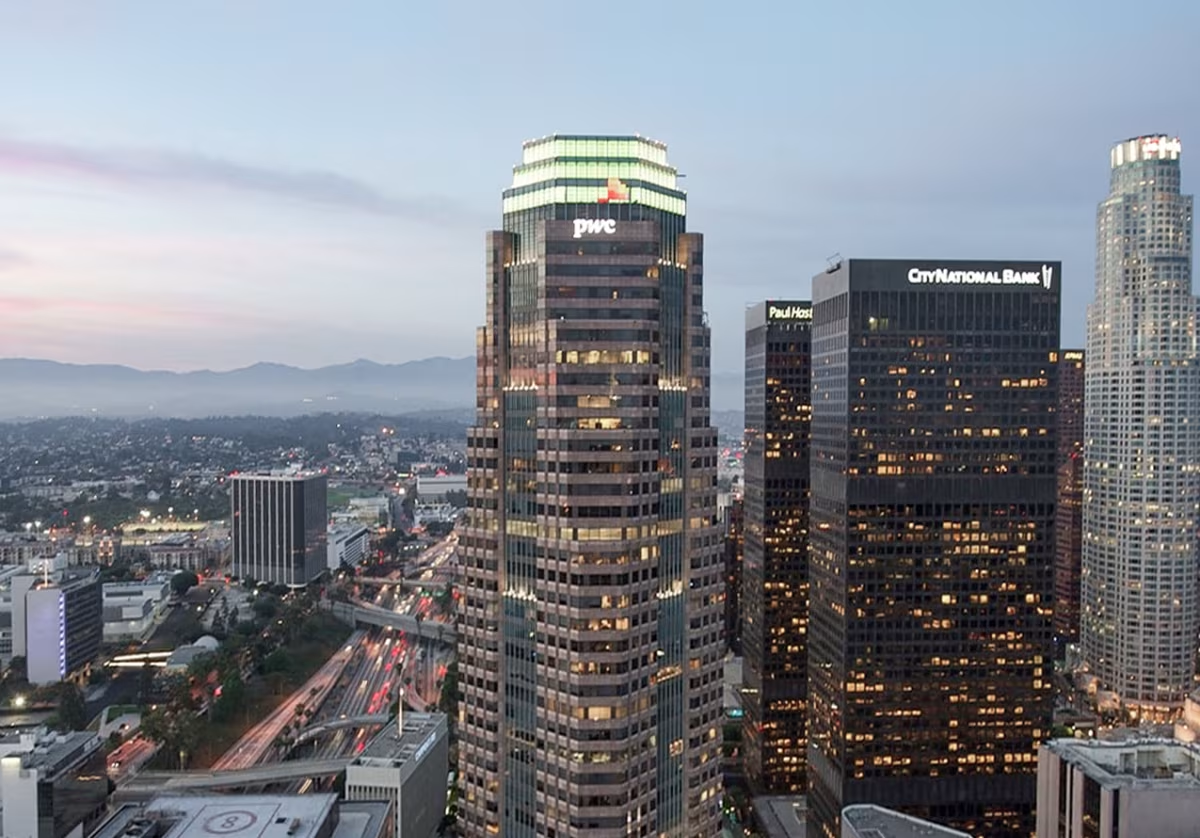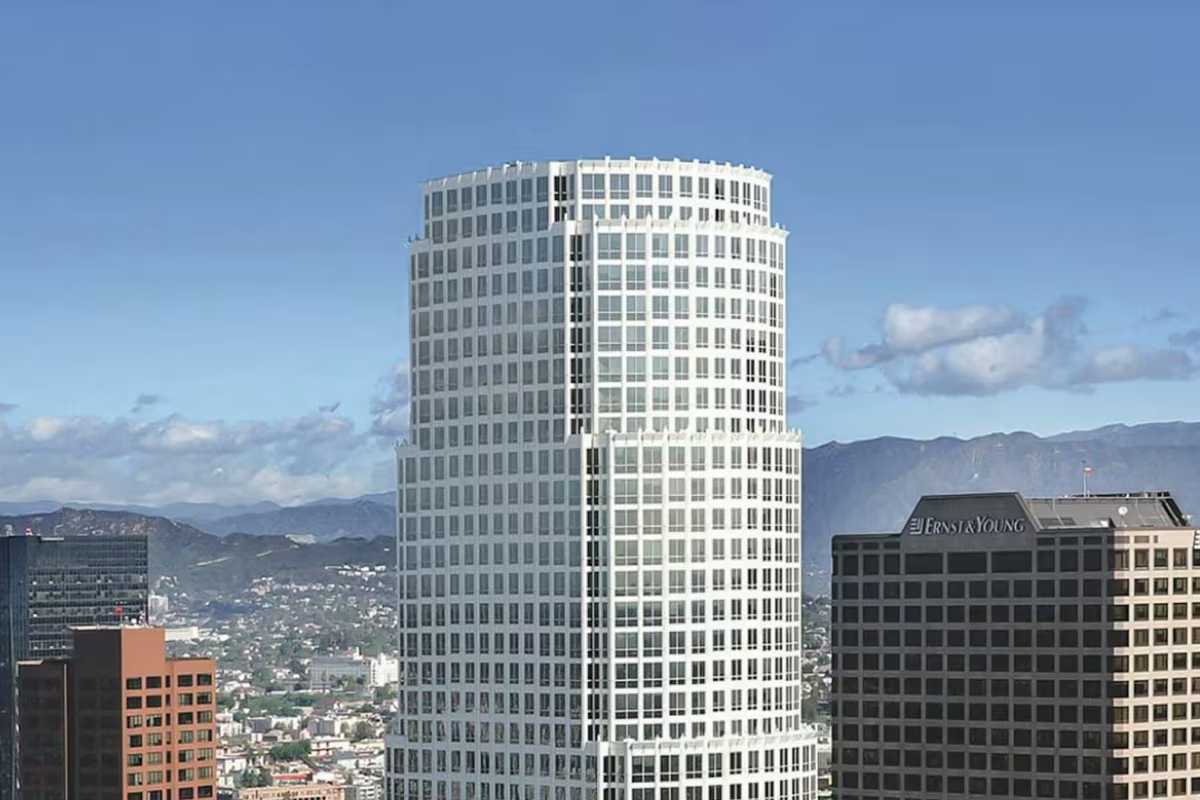Figueroa at Wilshire Building vs 777 Tower


Comparing the Figueroa at Wilshire Building and the 777 Tower is interesting because they both stand in Los Angeles, CA, and were completed just one year apart, but they were designed by different architects.
This offers a unique glimpse at how rival designers approached projects in the same city during the same era.
Height & Size
The 777 Tower is clearly the larger tower of the two, both in terms of height and number of floors. It rises to 725ft (221m) with 53 floors above ground, while the Figueroa at Wilshire Building reaches 719ft (219m) with 52 floors above ground.
777 Tower also offers more total built-up area, a total fo 1,099,984 sqf (102,192m2), which is about 51,010 sqf (4,739m2) more than what the Figueroa at Wilshire Building offers.
Of course, each project may have faced different briefs or regulatory constraints, which we don't really know about and could also explain the outcome.
Architectural Style
Both the Figueroa at Wilshire Building and the 777 Tower were designed in line with the aesthetic conventions of the Postmodernism style.
The 777 Tower was designed at a moment when the Postmodernism style was already in decline, making it more of a lingering expression of the movement. In contrast, the Figueroa At Wilshire Building was built when the style still carried greater cultural weight.
Uses
Both the Figueroa at Wilshire Building and the 777 Tower were designed to serve as commercial towers, and that has remained their main use since their completion, serving similar roles in the urban fabric.
Structure & Facade
The two towers rely on different structural systems, reflecting distinct engineering strategies.
The Figueroa at Wilshire Building uses a Frame structural system, which relies on a regular grid of columns and beams to sustain its weight, while the 777 Tower uses a Framed Tube In Tube system, that combines a strong central core with a perimeter tube of columns.
Yet, when it comes to their facade, they both employed the same solution, a Curtain Wall facade.
A curtain wall is a non-load-bearing facade hung from the structural frame. It is anchored to floor slabs and transfers only its own weight and wind loads, allowing for sleek, glassy exteriors.
| Figueroa at Wilshire Building | 777 Tower | |
|---|---|---|
| Albert C. Martin & Associates | Architect | César Pelli & Associates |
| 1988 | Construction Started | 1988 |
| 1990 | Year Completed | 1991 |
| Postmodernism | Architectural Style | Postmodernism |
| Commercial | Current Use | Commercial |
| 52 | Floors Above Ground | 53 |
| 219 m | Height (m) | 221 m |
| 97453 | Built-up Area (m²) | 102192 |
| Frame | Structure Type | Framed Tube In Tube |
| Steel | Vertical Structure Material | Steel |
| Concrete | Horizontal Structure Material | Concrete, Steel |
| No | Facade Structural? | Yes |
| Granite, Glass | Main Facade Material | Glass, Steel |
| Swinerton | Main Contractor | Jones & Jones |
| Brookfield Properties | Developer | South Figueroa Plaza Associates |
| CBM Engineer | Structural Engineer | John A. Martin Associates |
| CA | State | CA |
| Los Angeles | City | Los Angeles |
| 601 S. Figueroa Street | Address | 777 South Figueroa Street |